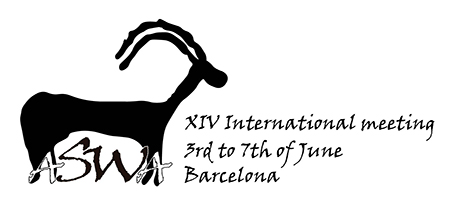Eynan/Ain Mallaha is a Late Epipaleolithic (MIS 1) archaeological site located in the Hula Valley, Israel. Eynan's hunter-gatherers settled at the foot of hills, near the spring of “Enot Enan” (Ain Mallaha), a complex of large artesian springs that provided a year-round water source. The Final Natufian layers are replete with archaeological finds associated with built habitations and diverse structures such as fireplaces and postholes. Ample archaeozoological data collected up till now confirms hunting, gathering and fishing took place at Eynan, with the medium-size mammals apparently being the major dietary component.
More than five thousands amphibian and squamate remains were retrieved from a selected area of the site. These remains comprise the most taxonomically diverse assemblage of amphibians and squamates from a Southern Levantine archaeological site with at least 15 different taxa identified so far. Some of the taxa are reported for the first time in the Pleistocene Hula Valley record, other are particularly important because they fill a temporal gap between the recently published Pleistocene amphibians and squamates from Gesher Benot Ya'aqov (MIS 20–18 ) and Nahal Mahanayeem Outlet MIS 4/3) and the present fauna in the Hula Valley. The outstanding amphibian and squamate assemblage combined with the thorough excavations at the site enables a comprehensive interpretation of the finds. Most of the frogs, toads, lizards and snakes are identified as background fauna and can be used to reconstruct the paleoenvironment in the vicinity of the site while occupied. But the accumulation of some taxa is apparently the result of human exploitation and therefore strongly biased by anthropological preferences. Three snake species were gathered in large quantities and brought to the site for further exploitation. Relative species abundance, spatial distribution, taphonomic observations and ecological considerations all point to the same conclusion: the Final Natufian inhabitants of Eynan intensively exploited specific snakes while overlooking other species.

 PDF version
PDF version
